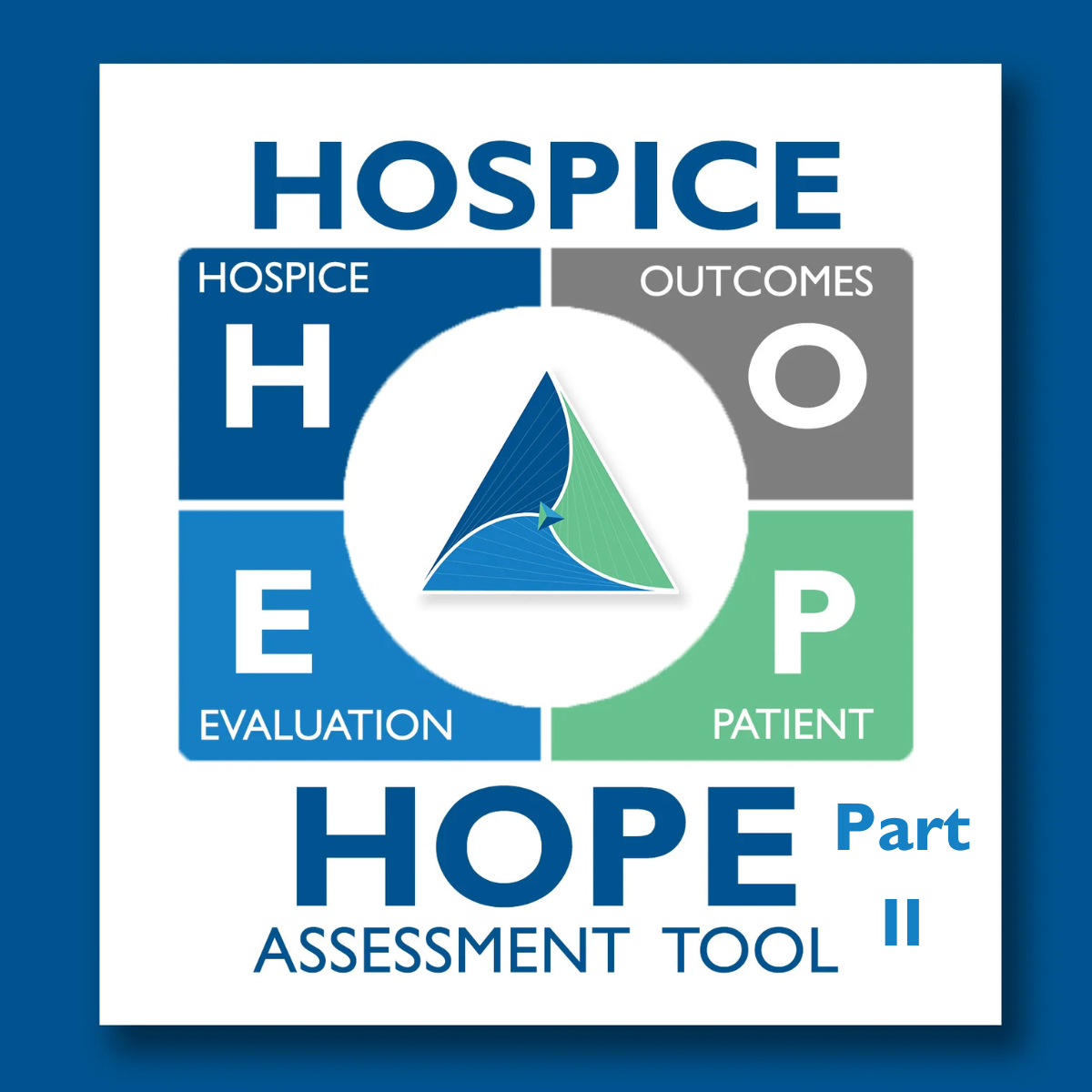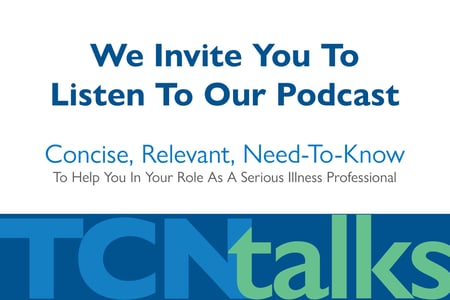8 min read
HOPE Tool Anxiety, Part II: From Planning to Practice
By: Melissa Calkins on 6/30/25 12:05 PM

By Melissa Calkins
The countdown has begun. With October 1 on the horizon, hospice teams across the country are deep into training and testing—but preparation alone won’t guarantee success. The shift to HOPE isn’t just operational; it’s cultural. And real readiness goes far beyond timelines and task completion. It demands that every clinician, across every shift and care setting, understands what’s changing and feels confident in how to respond. This is the critical moment when planning must translate into practice—because once HOPE is live, the margin for error disappears.
You’ve built the plan. Training is underway. Teams are testing the waters.
Now comes the real test: translating preparation into practice. True readiness isn't just about timelines or task lists—it's about clarity, confidence, and execution across every role. If staff don't understand what's changing or how their daily work will shift, even the best plan can falter under real-world pressure.
We’re Not Live Yet—But the Clock Is Ticking
Hospice teams across the country are in the same boat: education is underway, some clinicians are practicing assessments, and questions are trickling in. October 1 feels close but deceptively far away—and that's dangerous.
What we're seeing now isn't just "early nerves." It's real feedback and early warning signs that project leaders should be tracking and integrating into their planning. You still have time to adjust. But once HOPE is live—tied to compliance and payment—there won't be time to recover from missteps.
Key Questions to Ask Now
These aren't side notes—they're your readiness indicators:
- Are we practicing in all settings (home, community facilities, inpatient centers, hospitals), not just with early adopters?
- Do we have standards for timeframes nurses should complete HUV or SFV in inpatient centers?
- Are trainers getting feedback and refining as they go?
- Are we preparing night, weekend, and IPU teams—or just day shift?
- Do staff know who to contact with HOPE questions right now?
Tools to Track Real Readiness (Not Just the Plan)
Timelines and training logs won't tell you if your team is actually ready. Here are practical tools to show where things are clicking and where support is needed:
Readiness Roster: Track who's completed training, practiced, and needs hands-on time by team, shift, or role.
Scenario Practice Log: Document which situations you've covered—symptom changes, discharges, weekend admissions—to identify gaps.
Escalation Cheat Sheet: Ensure staff know exactly who to contact when questions arise.
Peer Shadow & Feedback: Have staff observe each other during practice, then discuss what worked and what felt confusing.
Quick Leadership Touchpoints: Weekly check-ins with managers to review field feedback and adjust in real time.
Expand the Practice, Expand the Confidence
Many hospices are relying on a small group of nurse champions to pilot HOPE. That’s a good start—but it’s not enough.
Rotate Practice
Include float staff, new hires, and weekend team members. Simulate different assessment points—especially during symptom changes, discharges, and transitions in level of care.
Cross-Settings Scenario Planning
Many hospices rely on small groups of nurse champions to pilot HOPE. That's a start, but not enough.
Include everyone: Float staff, new hires, weekend teams, inpatient/hospital team. Simulate different assessment points, especially during symptom changes and care transitions.
Plan for transitions: Patients move between settings—home to inpatient, back home, to hospitals—often during off-hours when continuity is hardest.
Ask: What happens when a patient transfers to inpatient on Friday evening? Who handles HOPE assessments during hand-offs? How are weekend staff notified of triggered timepoints?
Real readiness means planning for messy, real-world moments—because those define care quality.
Leadership Alignment: The Overlooked Risk
The frontline may be engaged, but leadership must expect operational challenges. Clinical directors, managers, and administrators need alignment on:
- Adjusted visit structures and potential productivity impacts
- Overtime or weekend coverage during go-live
- Response plans for process gaps or EMR issues
Leadership needs to be ready not just to approve the plan—but to support its evolution in real time.
Vendor + Practice Integration: Time for a Reality Check
Even if your EMR vendor claims readiness, your workflow might not be. Teams practice HOPE clinically but haven't tested documentation in their actual system.
Ask: Have we done full "admission to discharge" runs in the real EMR? How long do assessments take in the practice environment? Have we tested triggers and alerts across all shifts?
Stress-test your EMR now under real staffing conditions to avoid major disruptions later.
Conclusion: Use This Time Wisely
You don't need perfection by October 1, but you need honesty about where your team stands and intention about next steps.
HOPE isn't just another form—it's a shift in how we assess, document, and respond to patient needs throughout hospice stays. That shift won't stick without clear leadership, inclusive planning, and space to practice early, often, and across all roles.
You still have time to get this right. Use it to listen closely, adjust quickly, and prepare teams not just to comply—but to thrive under HOPE.
Melissa Calkins, BS, CSSBB
Compliance and Process Excellence Manager at Teleios

Leadership Immersion
Learn More
Teleios University (TU)
Discover More
Register Today!

An organizational model that allows nonprofit hospices (Members) to
leverage best practices, achieve economies of scale and collaborate
in ways that better prepare each agency to participate
in emerging alternative payment models and advance
their charitable missions.
Related Posts
To Play or Not to Play A Role
One of Shakespeare’s most infamous lines is, “All the world’s a stage.” Many may read his flair for...
Recovering What’s Been Lost
Innovations to Relieve Staffing Burdens and Restore Sacred Presence
Pre-call Planning for Success
Last month, I led TCN’s bi-annual Growth Immersion, a sales training offered exclusively to...




